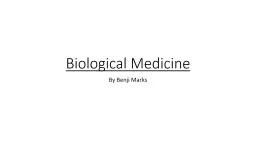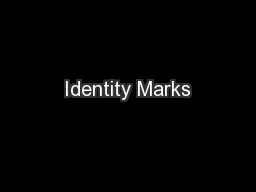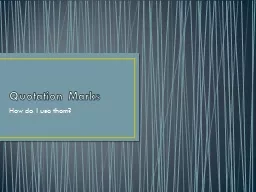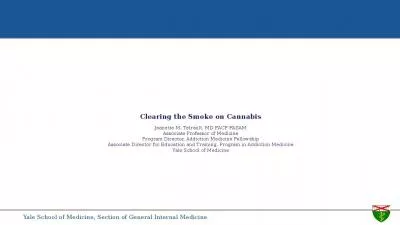PPT-Biological Medicine By Benji Marks
Author : enjoinsamsung | Published Date : 2020-06-17
What is it Biological drugs substance made from a living organism or its products and is used for treatment and prevention of cancer and other diseases Anything
Presentation Embed Code
Download Presentation
Download Presentation The PPT/PDF document "Biological Medicine By Benji Marks" is the property of its rightful owner. Permission is granted to download and print the materials on this website for personal, non-commercial use only, and to display it on your personal computer provided you do not modify the materials and that you retain all copyright notices contained in the materials. By downloading content from our website, you accept the terms of this agreement.
Biological Medicine By Benji Marks: Transcript
Download Rules Of Document
"Biological Medicine By Benji Marks"The content belongs to its owner. You may download and print it for personal use, without modification, and keep all copyright notices. By downloading, you agree to these terms.
Related Documents














